Skype: neodalle-travel
Tel: +86 135 7447 2266
E-mail: sales@visitaroundchina.com
Heilongjiang Facts
Chinese Name: 黑龙江 (hēi lóng jiāng)
Location: in the north of China
Area: 473,000 square kilometers (182,626 square miles)
Population: 37,731,000
Administrative Division: 11 cities (Harbin, Qiqihar, Mudanjiang, Jiamusi, Daqing, Jixi, Shuangyashan, Yichun, Qitaihe, Hegang, Suihua, Heihe); 1 area (Daxing’anling)
History of Heilongjiang
As with most of the provinces in the region, Heilongjiang has changed hands numerous times throughout history. Parts of the region have fallen under the control of different Korean kingdoms – Buyeo and Palhae – as well as a slew of nomadic, tribal, Chinese and even foreign powers.Its territory once extended to the Sea of Japan but this area was later ceded to the Russian Empire. Heilongjiang was part of the Manchurian region that saw Russian and Japanese power struggle for influence in China’s northeast, resulting in the full occupation of Manchuria by Japanese imperial forces. From then on, the region became known as Manchukuo, a puppet state of Japan. This occupation ended with the Japanese surrender in WWII when control was given back to China. After liberation from the Japanese and in the internal power struggles during the Chinese Civil War, Heilongjiang became the first region controlled entirely by Communists in their fight against the Nationalists.Its borders were extended in 1954 to encompass the region that we know today as Heilongjiang province.
What to see in Heilongjiang?
There are several things to do and see throughout Heilongjiang province. There is more than just cold. You can visit the snow resort. Wudalianchi Global Geopark, , a natural volcano garden famous throughout the world, is also worth a visit. This unique land witnessed volcanoes' ravage to Heilongjiang Province. Jingpo Lake, the largest mountain lake in China, has a particular and wonderful Diaoshuilou waterfall. In the arctic pole village Mohe, you may be fortunate to see aurora borealis.
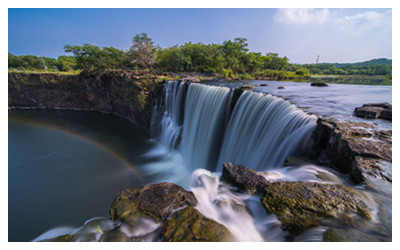 |
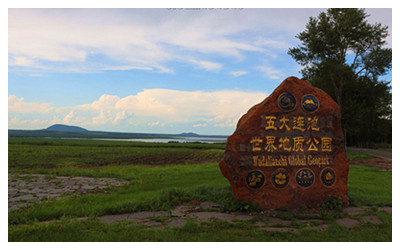 |
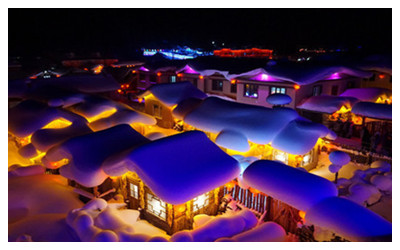 |
| Jingbo Lake | Wudalianchi Global Geopark | China Snow Town |
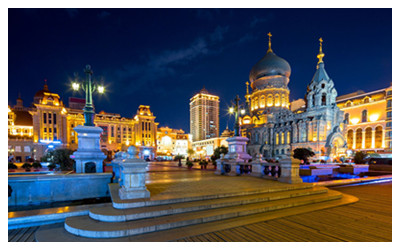 |
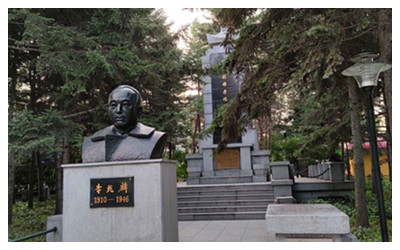 |
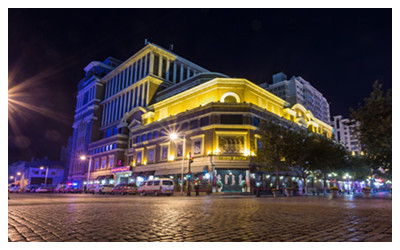 |
| St. Sophia Cathedral in Harbin | Zhaolin Park in Harbin | Harbin Central Street |
 |
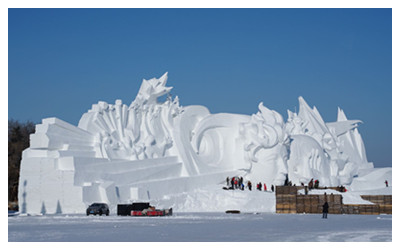 |
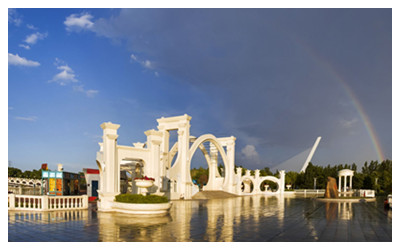 |
| Harbin Ice and Snow World | Harbin Ice Festival | Sun Island Scenic Area |
How to reach Heilongjiang?
Main cities in the Heilongjiang province can be easily reached by China’s extensive network of railways, including a high-speed rail that extends from Dalian to Harbin with stops in the capital cities of the other two provinces comprising China’s Dongbei (Northeast) region (i.e Shenyang, Liaoning and Changchun, Jilin).
There is also a railway bridge that crosses at Tongjiang into Russia’s Jewish Autonomous Oblast and several overland ports that are scattered along the borderlands.
When to visit Heilongjiang?
In summer, if you go to this province, you will feel cool and comfortable. Average temperature is around 18ºC to 23ºCin July. It's definitely a summer resort. In winter, you will experience harsh and extreme cold. Winter there is long, cold and dry. In January, average temperature is about -31ºCto -15ºC, and the record low temperature was -52.3ºC. So wrap up before you go, or purchase the fine quality leather hats, overcoats and shoes there to keep you warm. Annual average rainfall is 250 to 700 millimeters (9.8 to 27.56 inches), so the crops grow well and the typical northeast foods are dumplings, bread and sausages.
Heilongjiang Travel Tips
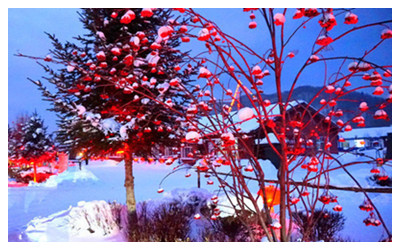 Ethnic Minority Groups: With a population of over 36.8 million, there are about 35 ethical groups living in Heilongjiang Province. Among them the most characteristic ethical groups are Hezhe fishermen, Ewenki Hunters and Daur ethnical group, who raises mainly cattles. Their life styles are very different from each others. So if you are interested, you might feel free to spend time with them.
Ethnic Minority Groups: With a population of over 36.8 million, there are about 35 ethical groups living in Heilongjiang Province. Among them the most characteristic ethical groups are Hezhe fishermen, Ewenki Hunters and Daur ethnical group, who raises mainly cattles. Their life styles are very different from each others. So if you are interested, you might feel free to spend time with them.
Festivals in Heilongjiang: The national Ski Festival is a wonderful program for those who like skiing; and the national Ice Festival displays the exquisite art of ice carvings and its elegant masterpieces. Both festivals are held annually from December to January. During the famous Summer Concerts in Harbin you will hear the most beautiful music in the world, especially the Chinese classical music. All this is pleasing to all both your eyes and ears. Every year, tourists from various countries gather here in the winter months just to get a glimpse of snow. For some visitors it is a once in a lifetime opportunity to see snow.
 Ask Questions ?
Ask Questions ?